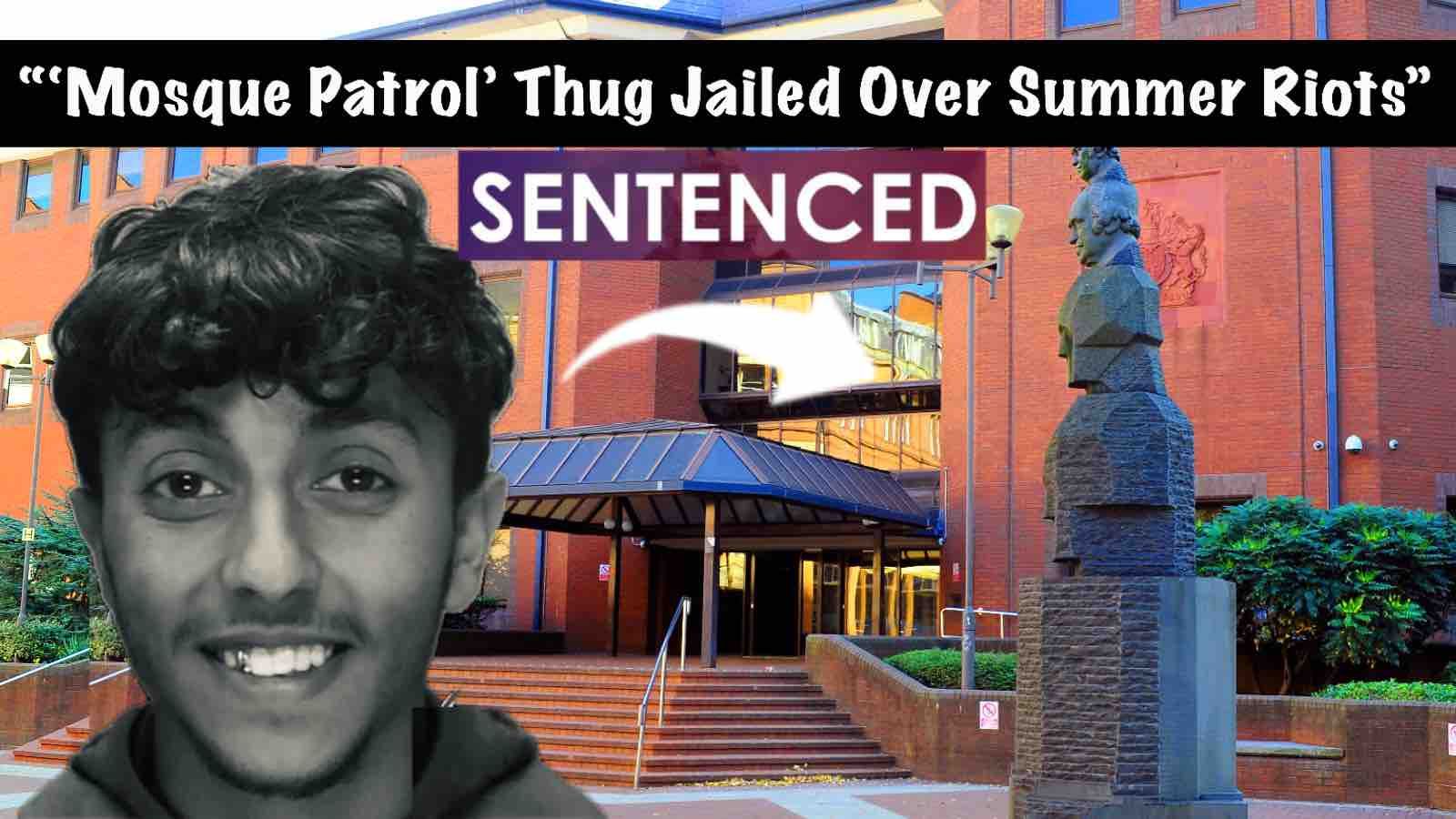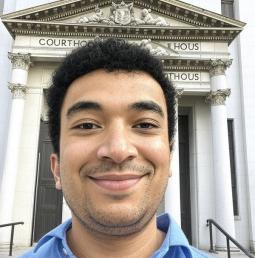Mosque Patrol Thug Mohammed Ali Jailed For Violent Disorder
Ali took over the streets as part of a mob, smashing a car and declaring a racist no-go zone.
, a 20-year-old from , has been for after pleading guilty to during the in last summer.
The , which occurred on in , was triggered by rumours of a in the area. Ali’s involvement in the contributed to the unrest.
In addition to the , Ali was also convicted of causing to a , a charge he . Despite his denial, the court found sufficient evidence to convict him.
Appearing at on Monday, Ali admitted to using or threatening unlawful violence, resulting in his sentence of in .
The case forms part of ongoing efforts by to bring those responsible for the to justice. The , which affected several areas of , led to significant damage and heightened tensions in the community.
In light of the shocking scenes witnessed in Birmingham last summer, we will be exploring the legality of forming a mob in response to perceived threats, as seen in cases of violent disorder and racially aggravated criminal damage.
The simple answer is no. Under UK law, even if you perceive a threat to your community, it is illegal to form a group that engages in unlawful violence, as this constitutes violent disorder under the . The law prohibits individuals from using or threatening violence that causes others to fear for their safety, regardless of the motives behind the action. Forming a mob with the intent to “protect” your community can lead to serious legal consequences if it involves violence, destruction of property, or any action that disrupts public order.
Similarly, , as seen in this case involving the , is a serious offence under the . Even if the damage is done with the intention of sending a message of “protection,” if the actions are motivated by racial animus, the offender can face increased sentences. These rules apply equally, whether you are part of a minority group or not—the law does not allow violence or property destruction as a form of defence, irrespective of the identity or background of the individuals involved.
UK law maintains that any violent response, including the creation of mobs, must be dealt with through proper legal channels, such as or participating in lawful protests. , or taking matters into your own hands by forming a group to “protect” a community, is not only unlawful but can escalate violence, causing more harm than good. when safe to do so and sharing them with authorities can provide valuable evidence to aid investigations.
This case serves as a reminder that, while protecting your community is a legitimate concern, the law expects individuals to resolve disputes and perceived threats through peaceful and lawful means. Engaging in violence or criminal acts under the guise of protection can result in serious legal consequences, as demonstrated by the sentencing in this case. The law applies equally to everyone, regardless of race or background.



